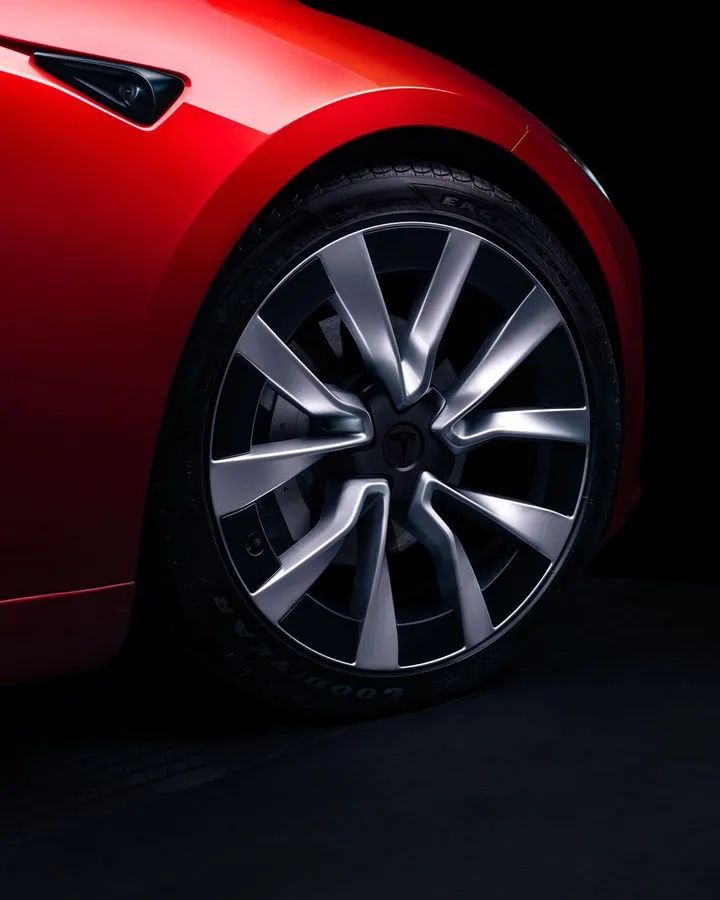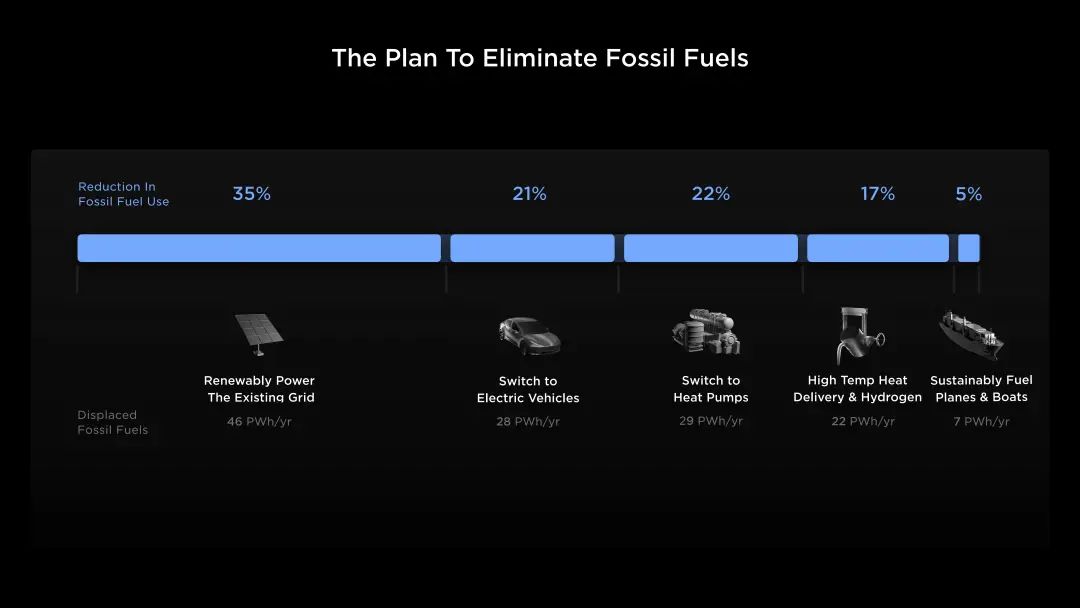BYD leads charging technology innovation and builds an all-round charging system
In the early days of the development of new energy vehicles, charging technology, charging infrastructure and charging standards were considered to be the three major problems facing the industry. In order to solve these problems, BYD took the lead in achieving breakthroughs in charging technology and became a leader in the charging field. BYD has independently developed AC and DC charging technologies for home and public use at the vehicle end and at the pile end, providing an important reference for the formulation of national AC and DC charging standards, and becoming one of the drafting units of China's electric vehicle charging standards. BYD's five world-first technologies solve charging problems and lay a solid foundation for China's new energy vehicle charging technology.

Charging has always been the most concerning issue for new energy vehicle users, and it is also a key area of BYD's technological innovation and R&D investment. BYD is committed to improving users' charging experience and constantly improving charging technology so that users can enjoy charging services more conveniently.
User Pain Point 1: Poor experience with early electric vehicles and low charging efficiency
In the early days of the popularization of new energy vehicles, users generally faced problems such as poor electric vehicle experience and low charging efficiency. In order to break through these technical limitations and create a better electric vehicle experience for users, high-voltage technology has become an inevitable choice. BYD was the first to make a breakthrough in this regard. In 2015, it created the world's first 800V high-voltage platform for passenger cars and applied it to Qin EV, Tang DM and other models. This technological breakthrough enables the vehicle to have faster acceleration performance (accelerating from 0 to 100 kilometers as fast as 4 seconds), longer pure electric cruising range (up to 450 kilometers), and higher fast charging power (up to 60kW). Improve users’ driving experience. BYD's 800V high-voltage platform was 2-3 generations ahead of the industry. At that time, passenger cars on the market still used low-voltage platforms, and BYD took the lead in the development of high-voltage platforms. So far, many car companies in the industry have joined the competition for 800V high-voltage platforms.

Although high-voltage models significantly improved the charging power of electric vehicles, 95% of domestic charging piles at that time used low-voltage systems below 500V, which were incompatible with high-voltage models, affecting charging efficiency. To solve this problem, BYD pioneered the world's first boost charging technology, achieving compatibility between vehicles and charging piles and fully adapting to all DC charging piles. This innovative technology provides users with a more convenient and efficient charging experience.
BYD continues to improve the performance and user experience of electric vehicles through continuous technological innovation and breakthroughs. The introduction of the 800V high-voltage platform and boost charging technology has made BYD an industry leader and promoted the development of the entire new energy vehicle industry. Users can enjoy faster and more efficient charging services, further promoting the popularity of electric vehicles and improving user satisfaction.
User Pain Point 2: Most fast charging stations are not charging fast enough
Currently, only 2% of public supercharging piles support currents exceeding 300A, while fast charging piles are more popular, while supercharging piles are very scarce. In order to prevent users from competing for a very small number of supercharging piles, BYD proposed an upcharging solution that is more suitable for China's charging environment, and pioneered the world's first dual-gun overcharging technology for passenger cars, turning public fast charging piles into supercharging piles to achieve short-term charging. Large capacity charging within. Taking Denza N7 as an example, the dual-gun supercharging technology has a maximum power of 230kW. Users can charge a range of 350 kilometers in just 15 minutes at a public fast charging station.
Fast charging must not only be fast, but also safe. Upcurrent technology has higher requirements for battery thermal management. In order to ensure the safety of users, BYD pioneered the world's first composite direct cooling technology. This technology lays direct cooling plates on the upper and lower sides of the battery and uses two sets of independent control systems for compensated flow channel design, which increases the cooling area of the battery by 100% and increases the heat exchange capacity by more than 85%, providing users with safe Super charging experience.
User Pain Point 3: Charging efficiency is low in northern winter
In the cold winter in the north, charging efficiency is often affected. In order to solve this problem, BYD pioneered the full-scenario intelligent pulse self-heating technology to achieve fast charging at extremely low temperatures.
Taking Denza N7 as an example, under extremely cold conditions of -30°C, the full-scenario intelligent pulse self-heating technology increases the heating rate of the battery by 230% and shortens the charging time by 30%, allowing northern users to enjoy fast charging experience.
This technology not only automatically heats when charging, but also intelligently activates self-heating technology during parking and driving to ensure the overall performance of the vehicle at extremely low temperatures.
With 20 years of technology accumulation and deep R&D strength, BYD has continued to innovate and invest to build a technology system that is more in line with China's charging environment and is committed to improving users' charging experience in all scenarios. Whether it is charging speed or efficiency, BYD is constantly upgrading to provide users with a better charging experience.

The above is the full content of BYD leads charging technology innovation and builds an all-round charging system









